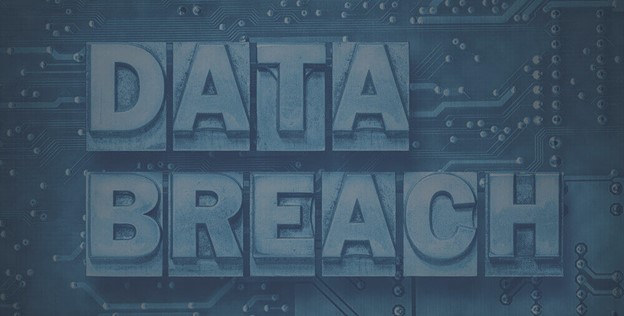If you think that hackers can only operate in darkened rooms wearing hoodies, then you might be vastly underestimating the scope of the data breach problem.
According to the Identity Theft Resource Center, more than 300 million consumers were impacted by data breaches last year.
Let’s examine how cybercriminals access and profit from consumers’ personal information.
What is a Data Breach?
An incident involving unauthorized access to information constitutes a data breach. The most common type of data breach is a cyberattack that aims to steal personal information for fraudulent purposes and financial gain.
Who is Affected in a Data Breach?
The company who holds the data that was unlawfully accessed is the first victim of any data breach. Mass theft of personal data can have a severe effect on a company’s reputation and finances. IBM and Ponemon Institute researchers found the average cost of a data breach for a company last year was $3.86 million.
The second victim is the customer whose information has been compromised. Cybercriminals conduct cyberattacks because the information they collect, such as names, dates of birth, Social Security numbers, and bank account information, is highly valuable. As a result of this data being sold on the dark web, victims may suffer identity theft and financial losses.
Why Do Data Breaches Happen?
Cybercriminals make $1.5 trillion each year from cybercrime. A single criminal can earn between $45,000 and $2.5 million per year by selling stolen data.
Today, cybercriminal groups have become extremely sophisticated, recruiting specialists through active recruitment. Additionally, they can adopt corporate structures to streamline their activities and make them more efficient.
A cybercrime’s entry cost is much lower than those associated with crimes with similar revenue, such as bank robberies, and the risk to the individual is much lower.
How Are Data Breaches Profitable?
The majority of data breaches do not target the company that holds the data. Cybercriminals are generally not interested in corporate secrets or industrial patents. The real money is made by stealing the financial and personal information of the company’s customers or employees.
Through the use of stolen credentials to access a company’s network, cybercriminals can potentially obtain funds through fraudulent transactions. The criminals also have greater access to stored data with staff-level access.
The dark web generally sells customer information. Documents such as W-2s and 1040s can be purchased for as little as $1.04. Personal information such as Social Security numbers and birthdates ranges from $0.19 to $62.
How to Protect Your Data
Cybercriminals are here to stay, unfortunately. The best way to protect yourself online is to use different passwords for different accounts and to monitor your credit and identity. To protect your data, it is essential to have identity theft protection that monitors your credit report, along with the internet and dark web.
Is your personal information on the dark web? Make sure your identity isn’t at risk!

